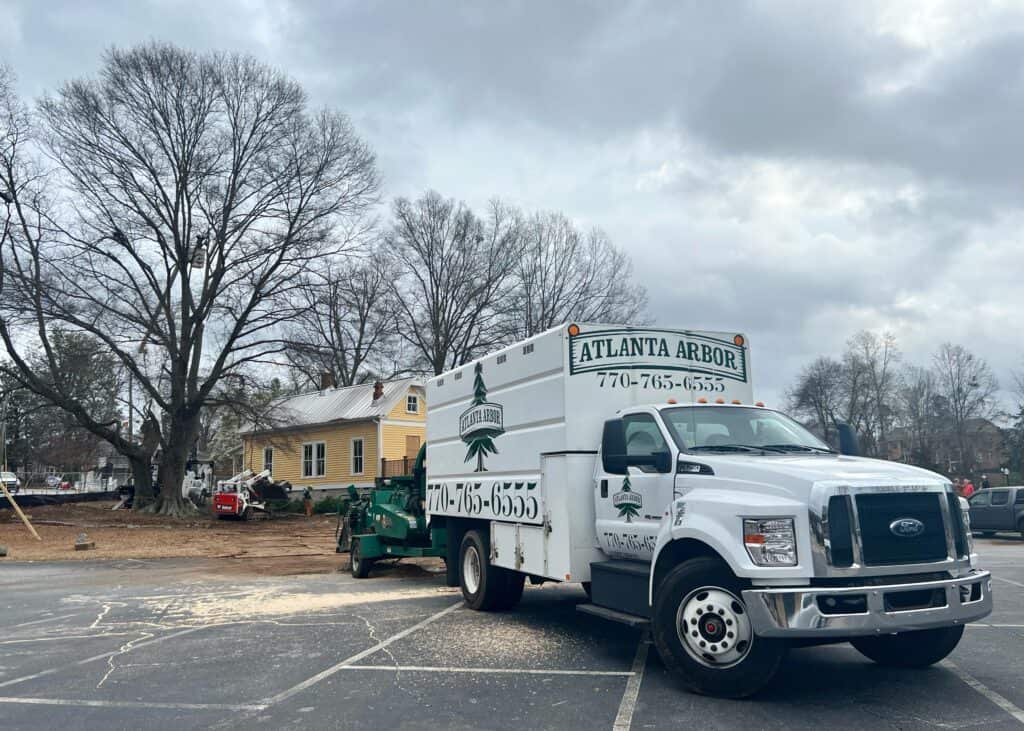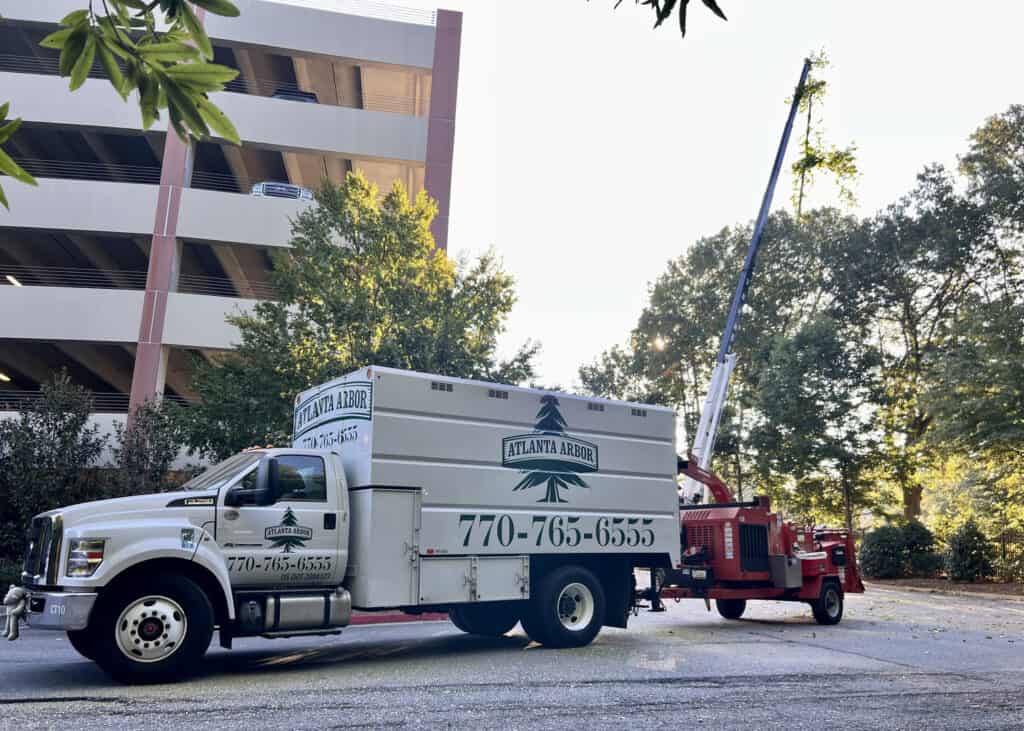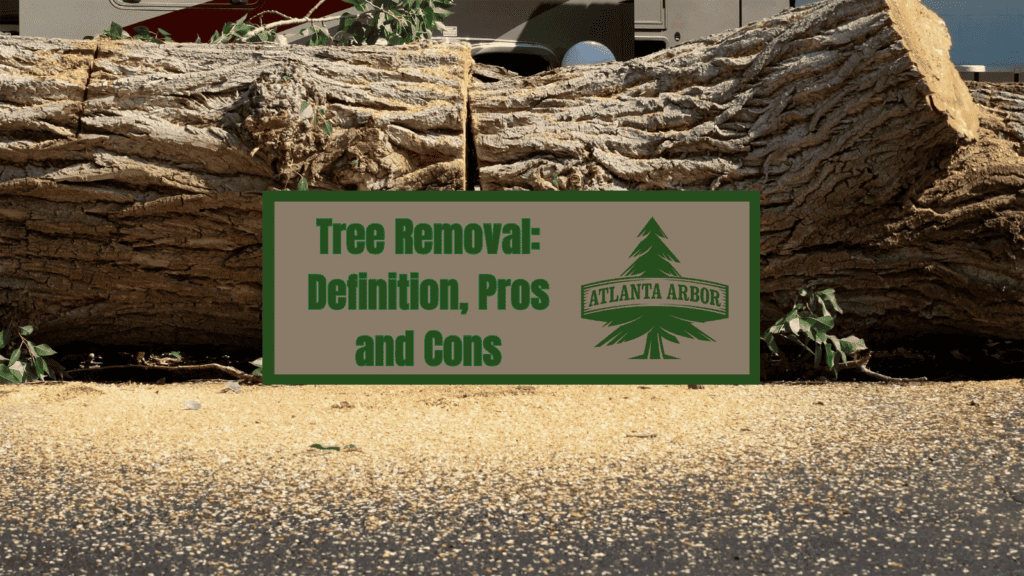Tree removal is an essential yet often misunderstood aspect of arboriculture and landscape management. In the United States alone, millions of trees are removed annually for various reasons, ranging from disease control to urban development. This significant activity not only impacts our environment but also shapes the safety and aesthetics of our communities. This article aims to demystify tree removal by providing a clear definition, exploring its advantages and disadvantages, and offering insights into when and why it’s necessary. By understanding these elements, property owners and community members can make informed decisions about managing their green spaces.
What is Tree Removal?
Tree removal, in its broadest sense, refers to the process of cutting down and removing a tree from its location. While the concept seems straightforward, the reasons and methods for tree removal are diverse and complex. Common reasons for tree removal include:
- Safety Hazards: Trees that pose a risk to people, buildings, or power lines due to their size, health, or location may need to be removed. For instance, trees that have become structurally unstable due to disease or storm damage can become a significant safety hazard.
- Disease or Pest Infestation: Trees afflicted by diseases or pest infestations can pose a threat to other vegetation in the area. Removal of such trees is often necessary to prevent the spread of disease or pests to nearby healthy trees.
- Construction and Landscaping Projects: In urban or developing areas, tree removal is sometimes required to clear space for new construction, whether it be for buildings, roads, or landscaping projects.
The process of removing a tree typically involves a careful assessment of the tree and its surroundings, planning the safest and most efficient method of removal, cutting the tree down, and disposing of the remains. This process can vary significantly based on the size and location of the tree. It often requires specialized tools and machinery, such as chainsaws, cranes, and stump grinders, and should ideally be performed by trained professionals to ensure safety and efficiency.

The Pros of Tree Removal
Safety Considerations
One of the primary benefits of tree removal is enhancing safety. Trees with structural problems, such as rotting or dead limbs, pose a risk of falling branches or collapsing entirely, especially during storms. Removing these trees proactively can prevent property damage and personal injury. In areas prone to wildfires, removing trees can also create defensible space around properties, reducing fire hazards significantly.
Health of the Landscape
Tree removal is often crucial for maintaining the overall health of a landscape. Diseased or pest-infested trees can spread harmful pathogens or insects to surrounding vegetation. Removing these trees can halt the spread of disease or infestation, protecting other plants and trees in the vicinity. Additionally, overcrowded areas can benefit from tree removal, as it allows remaining trees and plants better access to sunlight, water, and nutrients, leading to a more robust and vibrant ecosystem.
Aesthetic and Practical Benefits
From an aesthetic viewpoint, removing certain trees can enhance a property’s visual appeal and potentially increase its value. Strategically removing trees can open up views, allow more sunlight into gardens or homes, and create space for landscaping projects. Practically, tree removal is sometimes necessary to make way for construction projects, including new buildings, road expansions, or utility lines, aiding in urban development and infrastructure improvement.
The Cons of Tree Removal
Environmental Impact
Trees play a vital role in the environment, contributing to air quality, climate amelioration, and biodiversity. Removing trees, especially in large numbers, can have adverse environmental impacts, including loss of habitat for wildlife, reduced air quality, and diminished urban green space. The loss of trees also contributes to the urban heat island effect, where urban areas become significantly warmer than their rural surroundings, impacting local climates and energy usage.
Regulatory and Legal Considerations
Tree removal is often subject to local regulations and ordinances. Many areas require permits for tree removal, especially for trees of a certain size, species, or historical significance. Failing to comply with these regulations can lead to legal complications, fines, and community backlash. It’s essential for property owners to understand and adhere to these regulations before proceeding with tree removal.
Cost and Effort
The process of tree removal can be expensive and labor-intensive, especially for large or strategically challenging trees. Costs can include not only the removal itself but also stump grinding and debris disposal. Furthermore, if not done correctly, tree removal can cause damage to surrounding property or landscaping, leading to additional expenses. Due to these factors, it’s crucial to consider whether tree removal is the most viable option or if alternative solutions, such as pruning or disease treatment, might be more appropriate.
Best Practices in Tree Removal
Consulting with Professionals
When considering tree removal, it’s crucial to consult with professional arborists. These experts can assess the condition of the tree, determine the safest and most efficient method of removal, and navigate any legal or environmental concerns. Professional arborists have the necessary training, experience, and equipment to handle complex tree removal tasks, significantly reducing the risk of property damage or personal injury.
Evaluating the Need
Not every problematic tree needs to be removed. In some cases, alternative solutions like pruning, cabling, or disease treatment can be effective. A professional assessment can help determine the best course of action. This evaluation should consider the tree’s health, age, species, and its role in the ecosystem and landscape.
Post-Removal Care
After a tree is removed, it’s important to consider the care of the remaining landscape. This might include stump removal, soil remediation, and replanting with suitable species to maintain ecological balance. Proper post-removal care ensures that the landscape remains healthy, safe, and aesthetically pleasing.

Discovering Atlanta Arbor’s Expertise
Tree removal, while sometimes necessary, is a significant decision with various implications. Understanding the pros and cons of tree removal, along with the best practices involved, is crucial for responsible landscape management. Whether it’s for safety, health, or aesthetic reasons, tree removal should always be approached with care and consideration.
Atlanta Arbor, a professional tree service company, brings expertise and precision to the delicate task of tree removal. With a team of certified arborists, Atlanta Arbor ensures that every tree removal is conducted safely, efficiently, and in compliance with local regulations. Their services extend beyond removal to include comprehensive tree care, ensuring that your landscape remains healthy and vibrant. If you’re in need of tree removal or other tree services, Atlanta Arbor is equipped to provide top-notch, reliable solutions. For consultations or tree removal services, contact us today. Let the experts help you manage your green space with confidence.
